Earth's mantle, origin of Moon linked? See exciting giant impact find
The latest study has discovered strong proof that the origin of the Moon is connected with the Earth's mantle.
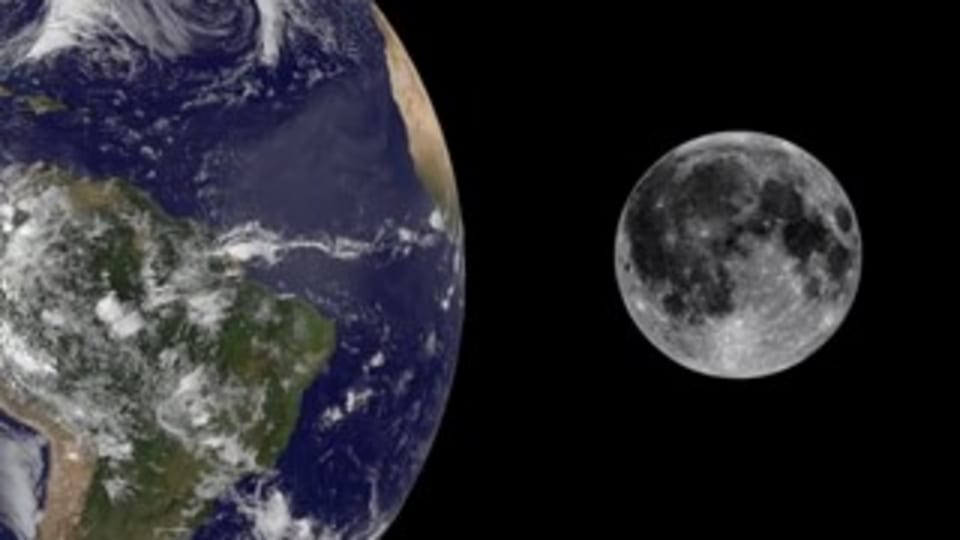
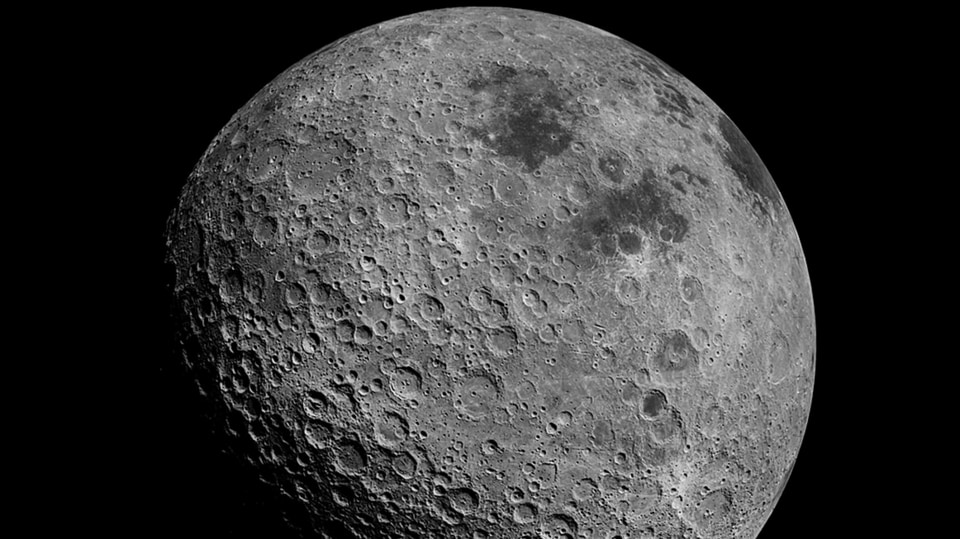
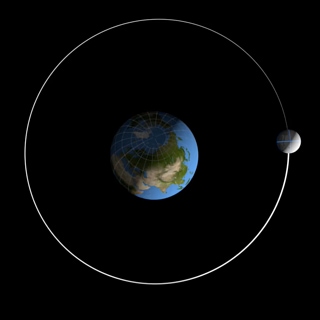
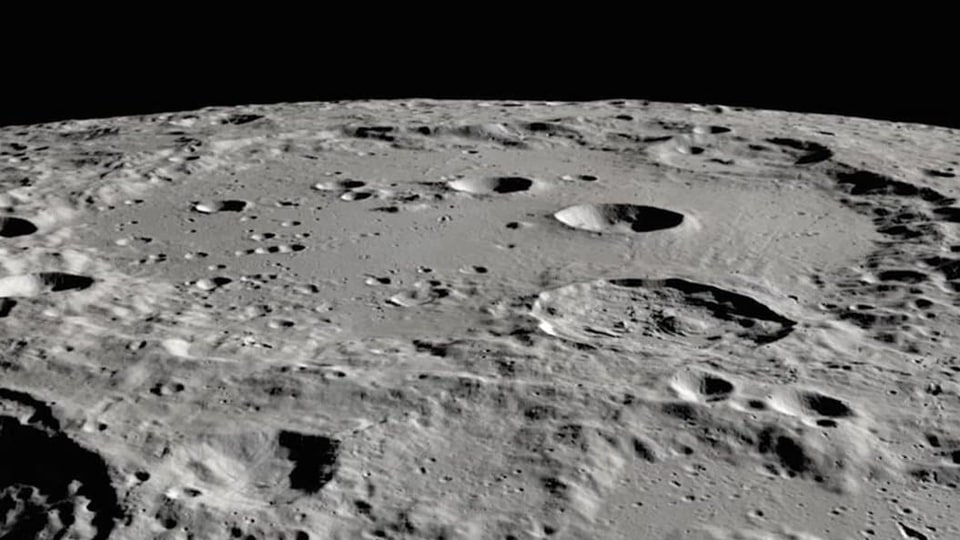
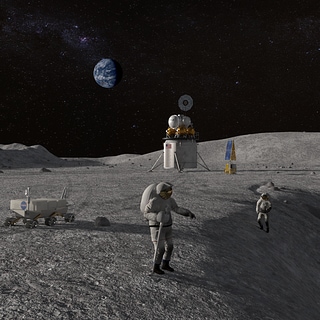
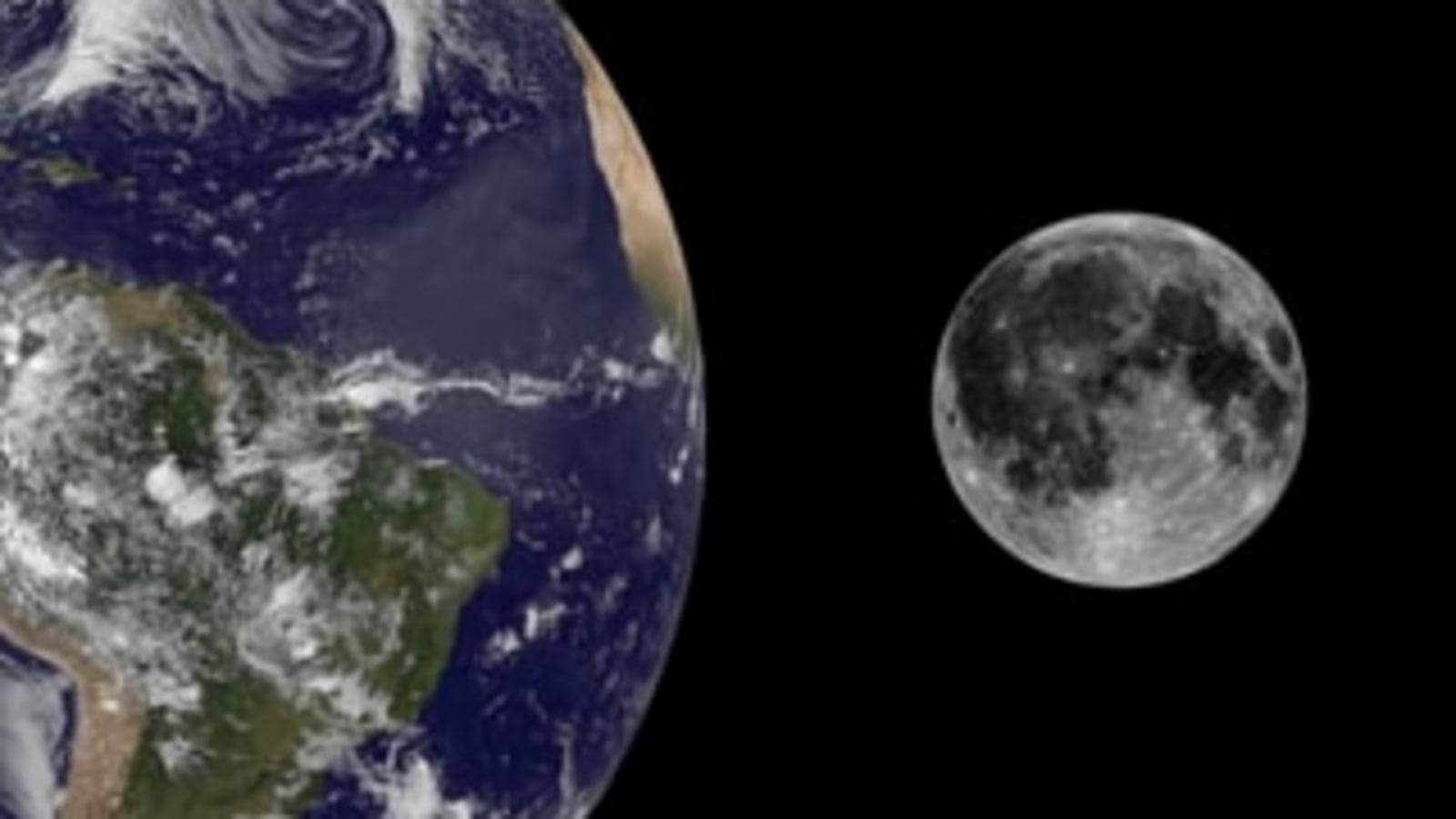
 View all Images
View all ImagesHow was the Moon formed? This question has always kept scientists hooked and numerous heavily debated theories about how the moon was formed have been rolled out over the decades. In the latest efforts, a team of geochemists, cosmochemists, and petrologists has found an undiscovered link between Earth and the origin of Moon. The discovery works as an essential piece of the puzzle in understanding how not just the Moon but other celestial bodies such as Earth have formed. It adds to the previously found strong theory named "Giant Impact" theory, which marvellously argues that the Moon was formed by a massive collision between Earth and another celestial body.
In a study published in the journal, Science Advances, conducted by researchers from Eidgenossische Technische Hochschule (ETH), Swiss Federal Institute of Technology Zurich, has discovered an interesting angle in the origin of the Moon which is said to be inherited from the noble gases from the Earth's mantle. Cosmochemist Patrizia Will, the lead researcher at Washington University said in a statement, "Finding solar gases, for the first time, in basaltic materials from the Moon that are unrelated to any exposure on the lunar surface was such an exciting result.”
How scientists discovered the link between Earth's Mantle and Moon's origin
The researchers examined six samples of Moon's meteorites from an Antarctic collection obtained from NASA. According to the study, meteorites were composed of basalt rock that formed when magma rises from the Moon's interior and cools down quickly. "They remained covered by additional basalt layers after their formation, which protected the rock from cosmic rays and, particularly, the solar wind. The cooling process resulted in the formation of lunar glass particles amongst the other minerals found in magma," the research paper mentioned.
The team discovered that the glass particles retain the chemical fingerprints of the solar gases such as helium and neon from the Moon's interior. The findings of the research strongly support that the origin of the Moon was inherited from the noble gases indigenous to the Earth. You can read more details here.
Catch all the Latest Tech News, Mobile News, Laptop News, Gaming news, Wearables News , How To News, also keep up with us on Whatsapp channel,Twitter, Facebook, Google News, and Instagram. For our latest videos, subscribe to our YouTube channel.




























